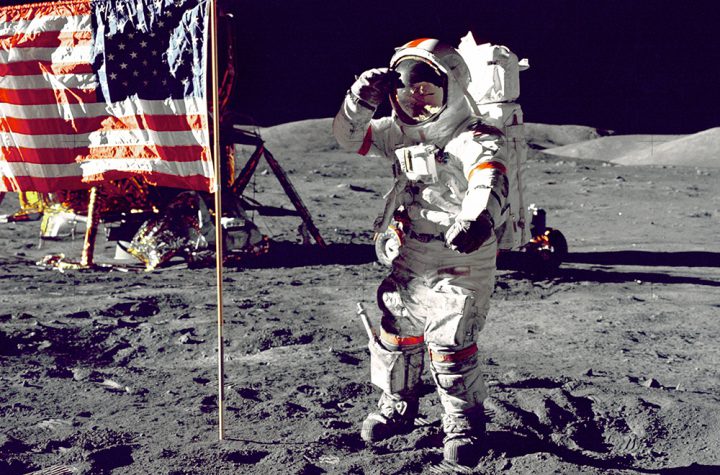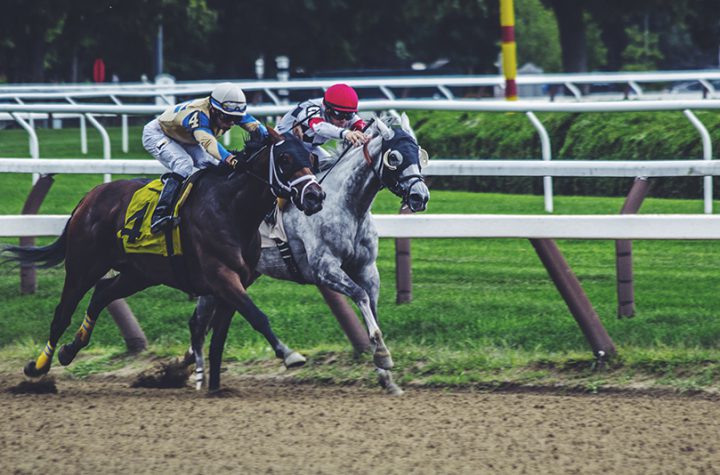
STORM LAKE, Iowa — You can call it the “Bernie bump” or the “socialist surge,” but you can no longer deny that Sen. Bernard Sanders is quickly taking over the front-runner’s position in the Democratic presidential primary.
In New Hampshire, Iowa and California, former Vice President Joseph R. Biden has surrendered his lead to the senator from Vermont, who doesn’t even call himself a Democrat.
The next question on every politico’s mind is whether he can sustain his lead.
Dennis J. Kucinich, the former Democratic congressman who ran for president in 2004 and 2008 on issues including universal health care and an anti-war stance, said Mr. Sanders has tapped into a growing ideology.
“He’s demonstrated the power of grassroots organizing, grassroots fundraising,” Mr. Kucinich said. “That’s going to propel him through the early primaries. The question is what happens on Super Tuesday.”
Mr. Sanders‘ rise has been stunning.
He was running a distant second to Mr. Biden in Iowa a week ago, but three of the past four polls show him leading. An Emerson College survey shows Mr. Sanders with a 9 percentage point advantage — a 10-point swing from the college’s December poll.
In New Hampshire, the two were neck and neck in the Real Clear Politics average of polls. Now Mr. Sanders holds an 8-point lead. An American Research Group poll put Mr. Sanders up 15 points, prompting speculation that Mr. Biden might be curtailing his efforts there and leaving the race to a contest between Mr. Sanders and Sen. Elizabeth Warren of Massachusetts.
The polling suggests Mr. Sanders is maintaining support on the far left, where he already runs strong, and is expanding his appeal among those who identify as somewhat or moderately liberal. Emerson’s Iowa poll showed him with 36% of “somewhat” liberal voters and 19% of moderately liberal voters, up from 21% and 9% respectively last month. His share of voters ages 18 to 29 shot from 35% to 58%.
Matt McDermott, a Democratic pollster and vice president at Whitman Insight Strategies, said Mr. Sanders has built a “seemingly impenetrable lead” among millennials, similar to his 2016 campaign.
“On one hand, that’s a real asset for his campaign as it’s a group of voters who, when they’re engaged, are really engaged,” Mr. McDermott said. “On the flip side, it’s also a group that consistently underperforms when it comes to turnout.”
Mr. Sanders is relatively weaker among older voters, who historically are more reliable when it comes to casting primary ballots or showing up at caucuses.
A mock Iowa caucus at Drake University this month offered a note of caution. The college students, who are supposed to be Mr. Sanders‘ strongest supporters, abandoned him. He didn’t achieve even the 15% threshold needed to be “viable.
Had it been a real caucus, Mr. Sanders wouldn’t have received any delegate votes from that precinct. Ms. Warren and Pete Buttigieg, a former mayor of South Bend, Indiana, were the only two candidates who were viable at the Drake mock-up.
Mr. Sanders is urging supporters not to be lulled into complacency by the polls.
“This election is going to be very tight, this caucus will be very tight here in Iowa,” he told voters in Storm Lake. “And I don’t care what the polls say today, we are ahead, we are behind. That doesn’t matter. What matters is voter turnout. That is what matters.”
Laura Simons, 63, from Newell caught Mr. Sanders at an event last weekend. She went in as a Biden supporter but said she might change her mind.
“You know, I saw Joe speak at the college here in town about a month ago or whatever, and he is awesome. I love Joe. I’ve always loved Joe, but the energy tonight was outstanding. I’m torn,” she said. “I am totally on the fence.”
Mr. Sanders came within a whisker of winning Iowa’s caucuses in 2016, trailing Hillary Clinton by only a quarter of a percentage point of the delegate votes.
He went on to win 23 primary contests and captured more than 40% of the total vote nationwide.
Mr. Sanders campaigns more like a left-wing professor at a college political philosophy seminar than a candidate wheedling for votes. The ideology he is selling would have shocked most of the country until a few years ago.
Yet his “Medicare for All” government-run health care plan, which President Obama rejected as too radical, has become the standard by which all other Democratic primary candidates’ plans are measured. His call for free college education has also been adopted by much of the field.
Where Ms. Warren, perhaps his closest ideological ally, has been pressured to release detailed estimates of the costs of her proposals, Mr. Sanders says he is not playing that game. His approach is that it doesn’t matter what the cost; what he is selling is priceless.
“I always have thought of Bernie as kind of being like the John the Baptist, that’s gone ahead and laid out where we’re going to go, and then it’ll be up for someone else to actually come along and get us there,” Bill Jacobs, chairman of the Clinton County Democrats, told The Washington Times.
But he added, “I know the Bernie people will hate that because we know what happened to John the Baptist.”
Mr. Biden still leads in national polling, but so did Howard Dean just ahead of the Democrats’ Iowa caucuses in 2004. John F. Kerry topped Mr. Dean in Iowa and went on to capture the party’s nomination relatively easily.
Eight years later, Republican conservatives went into their primaries desperate for a candidate not named Mitt Romney. They tested every option, including former House Speaker Newt Gingrich, then-Rep. Michele Bachmann and pizza baron Herman Cain, yet ended up with Mr. Romney.
In 2016, a billionaire businessman named Donald Trump blasted through Republican Party firewalls, stunning the country by winning the nomination and then the White House.
So is Mr. Sanders the Trump of 2020? Or is Mr. Biden the next coming of Romney?
Mr. Kucinich says that comparison undersells Mr. Biden, who has been on the national stage for nearly five decades.
“I think that Joe Biden has a lot of staying power. You can’t underestimate him,” the former congressman said. “In watching these elections, how many times people thought Biden would fall through the cracks, and it didn’t happen?”
Mr. Kucinich is backing Rep. Tulsi Gabbard in this race. He said he will be watching to see whether she can build support in New Hampshire or who else might emerge with a bloc of backers that gives them leverage as the primary builds.
Mr. McDermott said the fractured field creates opportunities for others such as Ms. Warren, who slid from her standing over the summer as many of her supporters moved to Mr. Sanders.
Yet she remains a top second choice for many Democratic voters and could be well-positioned if the field narrows or she builds momentum.
Stephen Dinan reported from Washington.
Sign up for Daily Newsletters
Copyright © 2020 The Washington Times, LLC.
Click
here for reprint permission.





More Stories
Justice Rajiv Shakdher also asked the media houses AGR Outlier Media Pvt Ltd. and Bennett Coleman and Company Ltd. to ensure that no defamatory content is uploaded on social media platforms or displayed on their channels.
Two people have become the first passengers on a Hyperloop, a technology considered to be the future of high-speed ground transport.